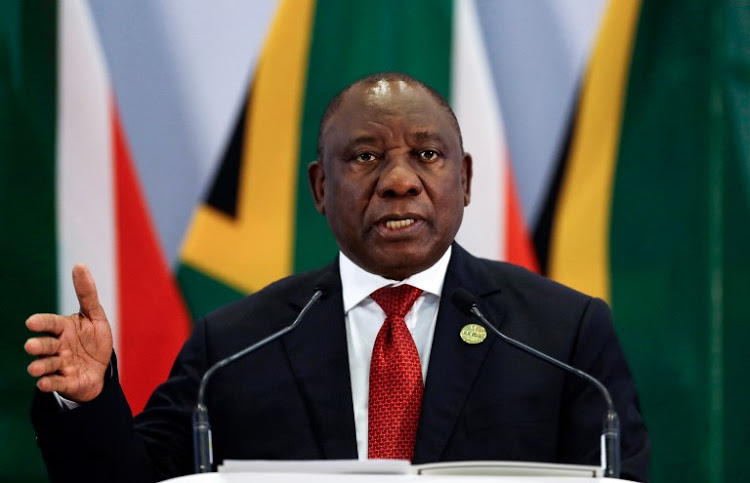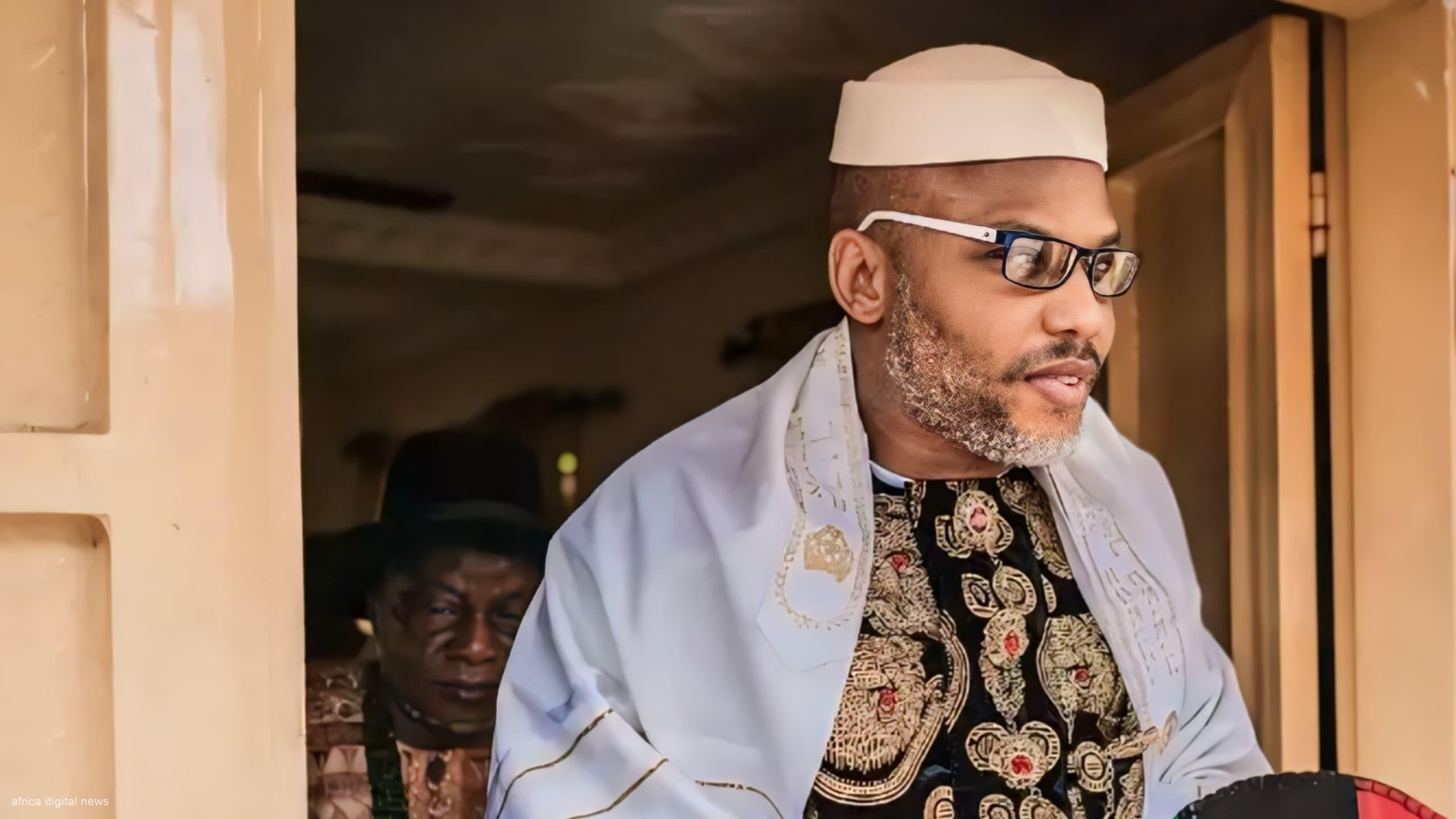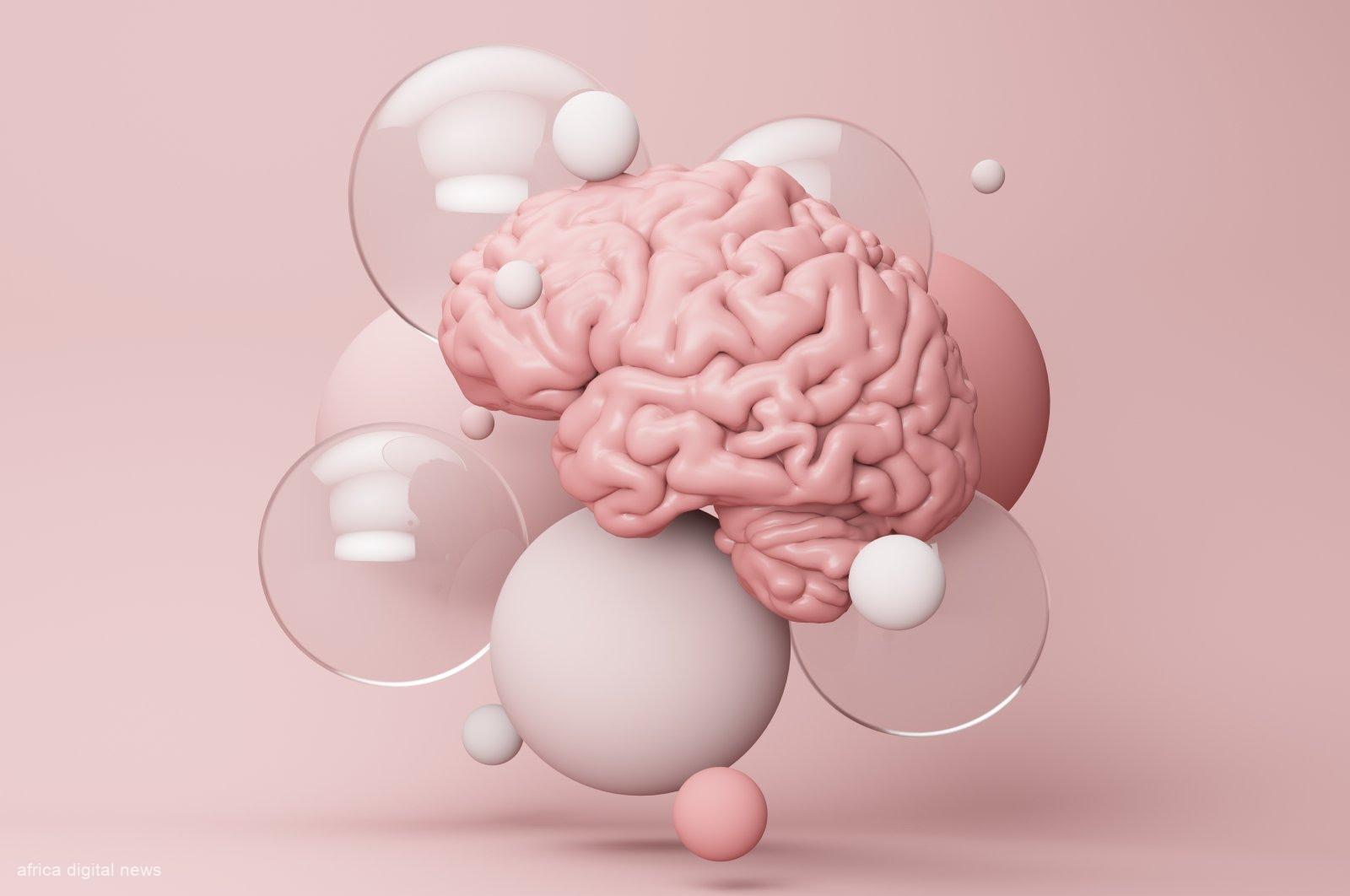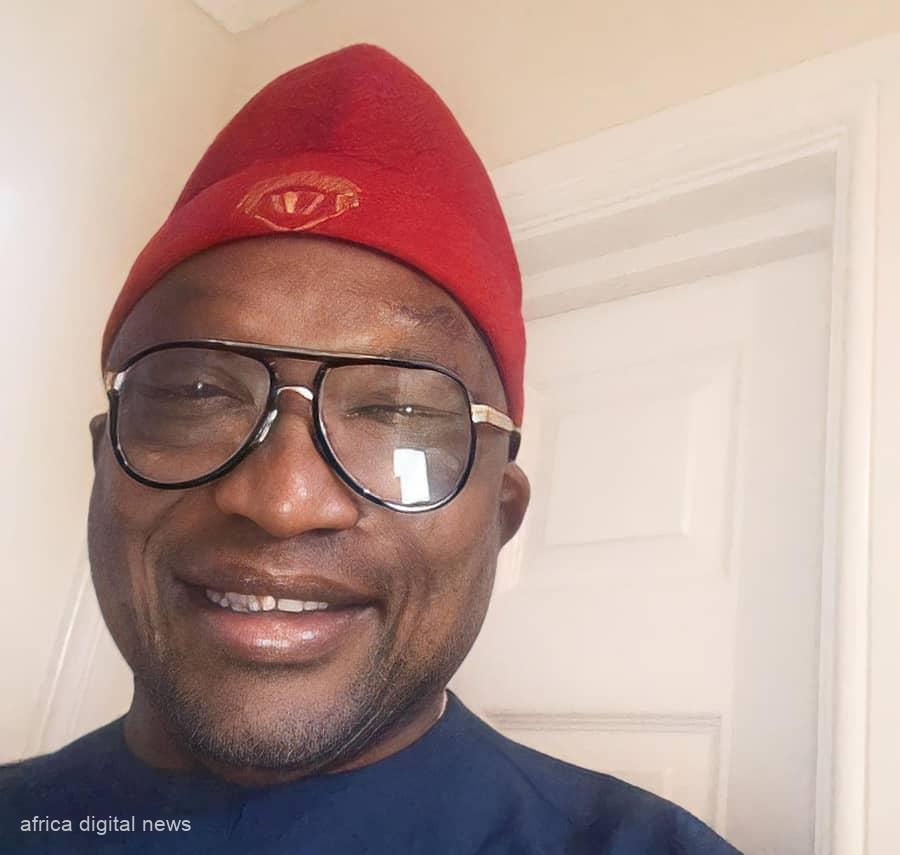The Constitutional Court’s decision in July 2020 to declare unconstitutional aspects of the Electoral Act which disallow individuals to stand as independent candidates for elections in provincial and national legislatures, will necessitate and lead to larger changes, whether directly or indirectly, to the country’s electoral system.
The groundbreaking judgement is likely to go beyond the remit of only allowing independent candidates to run for political office for provincial and national elections, but may compel Parliament to introduce wider electoral reforms to bring greater accountability which is so lacking in South Africa’s elective system.
South Africa’s governance system, the way the country is run, which includes the way people are elected to legislatures and appointed to the public service, is broken (Gumede 2020c). Lack of accountability is one of the major causes of the broken governance system. South Africa is currently undergoing a crisis of credibility of its post-1994 institutions (Gumede 2015b).
Ordinary people appear to have also lost faith in the institutions and social contract arrangements that underpin the post-1994 South Africa social contract, such as parliament, the collective bargaining system, the National Economic Development and Labour Council (Nedlac). Democratic institutions are increasingly experienced by ordinary citizens as not responsive, accountable or even relevant anymore. The electoral system is one of those institutions that may suffer a crisis of confidence (Gumede 2015b).
The bid to get independent candidates to stand for provincial and national elections was taken to the Constitutional Court by the New Nation Movement. The NNM challenged the Electoral Act 73 of 1998, saying it infringed on the right to exercise individual political choice. The Electoral Act says a person stops being a member of the National Assembly once he or she loses their membership of their party.
The Constitutional Court ruled that the Electoral Act was unconstitutional by limiting an individual’s right to stand for elections to provincial and national legislatures as independent candidates. Delivering the judgement then Judge Mbuyiselo Madlanga said Parliament has two years to amend the Electoral Act to allow for independent candidates to run for political office without having to be attached to a political party. The NNM’s petitioning of the Constitutional Court, shows again how valiantly civil society organisations take up the cudgels on behalf of citizens, because the governing ANC and major opposition parties lacked the political will to do so. The Constitutional Court’s judgement provide South Africa the opportunity to introduce wider electoral reform, beyond just allowing independent candidates to stand for provincial and national legislatures.
South Africa’s current electoral system
South Africa had variations of the British first-past-the-post (FPTP) from 1910 until 1993. In the first-past-the-post system, voters cast their vote for a candidate of their choice, and the candidate that receives the most votes win. It is used in most English-speaking countries such as the United Kingdom, United States, Canada and many British Commonwealth countries (Lijphart 1994). The 1993 Interim Constitution proposed changed in electoral system. A proportional representation (PR) list system was introduced in 1993. Under the PR system parties receive a share of the total seats proportional to the number of votes they received.
South Africa’s 1994 first democratic, non-racial elections was the first to use a national list system of proportional representation (PR), with no minimum fixed proportion of the total number of votes (i.e. a threshold) required for parties to gain representation in national or provincial legislatures. It is a closed-party list system. The country seen as nine large constituencies (= provinces). The number of representatives for each of the nine multi-member constituencies is determined proportionally according to population figures. Regional (= provincial) representatives, fill 50% (or 200) of the seats in the National Assembly, are elected proportionally in each constituency (=province). The remaining 200 national (list) seats are used to restore overall proportionality.
South Africa’s PR system used the Droop quota to allocate seats and the largest-remainder method to apportion surplus seats (Droop 1881). The Droop quota divides the total number of votes by the number of seats plus one. The denominator in the calculation would then be the number of seats which are contested plus one.
The largest-remainder method is based on dividing the numbers of votes each party gets by a quota based on the number of votes required for a seat (Kohler and Janina Zeh 2012; Pukelsheim 2014; Brill, Laslier and Skowron 2018). This is usually a formula using the total number of votes cast divided by the number of seats. The results of this calculation will for each party translate in an integer (Latin for whole), and a number without a fractional part. Each party is then allocated seats equal to their integer. The surplus seats are then distributed on the basis of ranking the parties based on the extent of their fractional remainders. Those with the largest fractional remainders will each get an additional seat until all the seats are allocated.
Following the 1994 elections, the Constitutional Assembly convened a Theme Committee to debate electoral options post-1994 in May 1995 (Gumede 2013). The new democratic Constitution, in 1996, adopted the new electoral system, with Sections 4 (1) of the 1996 Constitution (Act No. 108 of 1996) stating that the National Assembly shall consist of no fewer than 350 and no more than 400 members elected. Seats in provincial legislatures range between 30 and 80.
The 1996 Constitution stipulates that the electoral system should be prescribed by national legislation, but should result “in general, in proportional representation”. Although the Constitution emphasizes proportional representation, it does not spell out the kind of proportionality.
SA’s current electoral system is a closed-party list proportional representative (PR) electoral system for national and provincial elections. In the closed-party list system the parties draw up their candidate list for election without any say from voters. South Africa’s national and provincial electoral system is a proportional representative system in which one votes for a party, which get seats in the legislature according to the percentages. Candidates are drawn from a list compiled by a party. People at top end of each party’s candidates’ list enters parliament or the provincial legislature based the number of votes their party gets.
Party leaders handpick candidates and assign them to constituencies. Parties often foist their selected candidates to constituencies where the residents do not know them, and they do not know the residents. Often candidates are selected based on their loyalty to the party and leader, rather than on competence or talent (Gumede 2005). Once parliament is elected, the candidates selected by the party become the Members of Parliament, who elect the state president. Citizens do not directly vote for their choice of members of legislatures, Cabinet or the president.
At the local government level there is already a mixed electoral system, with half the councillors elected in first-past-the-post-ward elections, through local representation at ward level (a constituency system), and the other half on a closed-party list PR system. However, although local government has a mixed electoral system, party leaders still tightly control who is on the list of candidates. In the 2016 local government elections, the ANC only released their mayoral candidates after the elections – with ordinary members, supporters and voters having had no say whatsoever in who “they were electing” as their city mayors (Gumede 2020b).
Advantages of the current electoral system
The current system has its advantages. Negotiations initially at the Convention for a Democratic South Africa (CODESA) and later at the Multiparty Negotiations Process (MPNP) (or Multiparty Negotiations Forum) between the ANC, National Party, the National Party government and other opposition parties in the early 1990s, on a constitutional settlement and an electoral system, decided on a proportional representation (PR) system. When the constitutional framers in 1993 cobbled together the interim Constitution they emphasised multiparty politics and aimed to include as many political parties into the election system.
The interim constitution insisted on a government of national unity (GNU) at national and provincial level for five years, of all parties securing a minimum number of seats as part of a power-sharing arrangement. Parties who secured a minimum of five percent of the national vote was guaranteed a Cabinet position. Any party which secured at least 20% of the national vote could nominate a deputy president of the country.
PR systems often reduces overwhelmingly large majorities of any one party (Research and Library Services 1997-1998). The PR-system provides maximum inclusivity of political parties, rather than excluding minority and small parties. It therefore, in the eyes of the MPNP (or MNF) negotiators encouraged reconciliation, cooperation and trust between competing political parties. It promoted political diversity and broad political representation through the multiplicity of political parties.
Votes are not wasted under the PR system. The use of the largest-remainder method to apportion surplus seats means that every vote is allocated to a seat. A system of proportional representation is seen as “fairer”. Furthermore, the system is unlikely to favour one party over another. There were fewer possibilities for manipulation of the demarcation of constituency boundaries under plurality systems used in South Africa before 1994.
It was seen as therefore reducing political conflict and violence – which so dominated the transition period between the unbanning of the anti-apartheid movements and the first democratic, non-racial elections on 27 April 1994. Many minority parties have secured seats because of proportional representation. Voters have a wide choice of parties. Voters therefore have a diversity of political preferences through parties. In the current system voters are presented through multiple parties. Demographic, ethnic and religious diversity are expressed through diversity of parties. The current electoral system is relatively simple to administer. It is also easy understood by voters. All votes in the current systems are equal – and matters to the election outcome.
Disadvantages of the current electoral system
The disadvantages of the system are more. The drawbacks of South Africa’s current electoral system at the provincial and national level outweigh its advantages, making it urgent for the country to come up with a new electoral system which is more in tune to our politics. Although the electoral system has boosted party representation and given room for a large representation of small parties, it has not brought about accountability. Many of the small parties are not very relevant to the ordinary voter, neither are they very accountable or responsive.
The closed party list system is one of the pernicious disadvantages. In national and provincial elections citizens vote for the party. The party selects their own candidates without any say from voters. It is therefore, the party’s preferred candidate’s list. Once parliament is elected, the candidates selected by the party become the Members of Parliament, who elect the state president.
Closed party candidate lists, as in the current electoral system undermines participatory democracy as the voters cannot select their candidates. The citizens do not elected either the individual representatives, neither the president. Voters do not select the “internal” candidates of parties, who would become the representatives in legislatures and the president. Parties can select mediocre, incompetent and corrupt candidates and a country president – which has often been the case.
MPs are not directly elected by their constituencies. The party leaders allocate MPs to “constituencies” after an election, which further undermines a relationship of accountability between elected representatives and constituencies. Parliamentary representatives become accountable to political parties (leaders), not voters. Independent candidates cannot stand for election for provincial and national legislatures.
Voters cannot hold individual representatives or the president accountable – only the parties can. Voters cannot recall uncaring, incompetent and corrupt representatives or president. Only the parties can; and in the case of the president, only the governing party can. Party selected candidates in legislatures very rarely question the executive, lest they be fired by the party. Legislatures become lame-duck and loses public credibility, trust and their authority.
This is the reason for the rise of extra-parliamentary politics as citizens take their grievances to the street in protests, violence and stayaways (Gumede 2015). Alternatively citizens seek oversight from the courts to tackle problems that parliament should have dealt with. Not surprisingly large numbers of voters, including the youth, become disaffected, withdraw from political participation and voting. Sadly, elections since 1994 have consistently produced racialised and class-based electoral national election results – rather than diversity.
Failed attempts at electoral reform
Parliament has the power to change the electoral system. When President Nelson Mandela left office in 1999, he called for a review of the electoral system. President Thabo Mbeki in 2002, established a task team, led by the late Frederick van Zyl Slabbert, to formulate parameters for a new electoral system (Electoral Task Team 2003). Their brief included deciding on whether floor-crossing should be allowed.
The task team released its final report in January 2003, and members were split 8-4 on the final recommendation. The majority called for an alternative electoral system which combined constituency and proportional representation models – a mixed system, not unlike that of Germany which has a mixed-member proportional system where voters can choose between political parties and individual candidates. The majority recommendation called for “a larger measure of constituency representation”.
The majority of the Van Zyl Slabbert committee proposed a new, more constituency-based electoral system along similar lines: it should be based to some extent on the current system, but with multi-member constituencies together electing 300 members of the National Assembly and with a compensatory closed national list providing for 100 members.
It argued the current electoral system is already a mixed proportional system where at least half the representatives are elected from nine regions (provinces) or constituencies, which are clearly defined geographic areas. Because of this, the majority group proposed multi-member constituencies together electing 300 members of the National Assembly and a compensatory closed national list providing 100 members. They said their proposal corresponded generically with the current system except in that the present nine multi-member constituencies (regions/provinces) would be expanded to 69.
They argued there would be approximately 69 multi-member constituencies if the present distribution of population in municipalities were taken into account. Because of this, they proposed that South Africa should therefore be divided into 69 constituencies, each with three to seven MPs, for future polls. They conceded the final demarcation might result in one or two constituencies more or fewer. The boundaries of the 69 constituencies would be drawn along existing provincial, municipal and metropolitan boundaries.
Political parties would, according to the Van Zyl committee majority then draw up lists of constituency candidates similar to the provincial and national lists used in the current system – on a multi-party closed-list constituencies system. The constituency representatives would account for 300 members of the National Assembly, the remaining 100 being drawn from a closed national list.
The minority ANC-aligned members of the task team opposed the constituency-based proposals – following instructions from the ANC national leadership. They recommended the electoral system remain the same. In 2003, Cabinet decided to reject Van Zyl Slabbert’s proposals and retain the current 400-member National Assembly and proportional representation electoral system.
The closed-list PR-system also fits in with the political culture of the ANC, and many the other large SA political parties, including the now defunct National Party, and the Democratic Alliance, who all have strongly controlled internal candidate election systems – which parties leaders a very large say in the elections of candidates (Gumede 2006). The system so has worked perfectly for both the ANC and opposition parties, with party leaders able to handpick their own candidates – and these candidates then become loyal to the respective leaderships. It has also work for minority parties because they can secure election because of the system encourages smaller positions to gain entry into the national and provincial legislatures.
The Congress of South African Trade Unions (Cosatu) has argued in favour of a mixed electoral system along the lines of those proposed by the Van Slabbert committee. Cosatu at its 2003 congress called for “a mixed electoral system at national, provincial and local level supported by oversight institutions such as parliament to ensure accountability of public representatives. Cosatu (2003) proposes a 65% constituency-based and 35% proportional representation. Cosatu has proposed a referendum to test the electorate’s feeling toward a constituency-based electoral system (Cosatu 2003).
What should be the elements of a new electoral system?
Any changes to the current electoral system must resolve our problems with the current system. A new system must also be relatively easy to administer and easy to understand by voters. Either, we can remain within the constitutional framework and stay with a proportional representative electoral system, but change it to deal with the current weaknesses in the system. The minimum we can do is to amend the current system only to allow for independent to stand for elections to the national and provincial legislatures, but leaving the overall system intact. However, this will leave us with current weaknesses in the electoral system.
Another option, would be to amend the current PR system to deal with its weaknesses as well as including the changes needed to all for independent candidates to stand in national and provincial elections. If this option is to be pursued than the closed-party list system must be abandoned to allow voters to select their party candidates. A change must emphasize proportionality of candidates, not of parties as currently the case. Furthermore, the system must be combined with the direct election of the president, provincial premiers and municipal government’s executive mayors.
Another option, would be to combine aspects of the current PR system with a constituency system, while incorporating the changes needed to include independent candidates in national and provincial elections, resulting in a mixed electoral system. A pillar of such a mixed system would then be to make provision for candidates to represent constituencies.
Introducing a similar mixed electoral system, but ironing out current weaknesses, operating at local government level to provincial and national elections, would not be difficult to administer or for voters to understand, because the system is already in operation.
Nevertheless, whatever new electoral system that is introduced must allow voters to directly elect candidates. Voters must be able to recall incompetent elected representatives. It must also give voters a greater say in how party candidates are elected. Any new electoral system must make it compulsory for parties that receive public money to have internal democracy, gender and race equality and transparent financial management.
In a new electoral system, parties must be compelled to have racial, gender and youth inclusive candidate list. A new electoral system must minimise racialised and class-based electoral election results. It must encourage demographic, ethnic and religious diversity through diversity of . A new electoral system must allow more independents – non-party to non-elected independents into Cabinet. A new system must be relatively simple to administer; and relatively simply to navigate by voters.
Lastly, one of the electoral changes the country desperately needs to introduce in conjunction with a change to the electoral system is an extra box to tick on the ballot paper, which voters who are unhappy with all the parties listed on the ballot paper, can tick. This is very important in a political system where all the political parties are irrelevant and voters feel they have no credible choices in front of them
Conclusion
South Africa’s electoral system faces a crisis of credibility, like many other post-1994 democratic institutions. SA needs new forms of electoral representation that are more responsive, accountable and participatory. The key question is how to make electoral system more accountable and responsive to ordinary voters, yet remain representative and retain overall proportionality.
The July 2020 Constitutional Court declaration making unconstitutional aspects of the Electoral Act which disallow individuals to stand as independent candidates in national and provincial elections, offers the opportunity to remake the entire electoral system, fix the current weaknesses and make it more accountable.
The groundbreaking judgement should go beyond the remit of only allowing independent candidates to run for political office for provincial and national elections, but must be used as an opportunity to introduce wider electoral reforms to bring greater accountability which is so lacking in South Africa’s elective system.
By
William Gumede
Democracy Works (Johannesburg)










